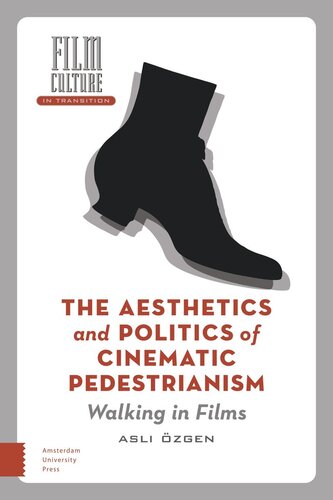

Most ebook files are in PDF format, so you can easily read them using various software such as Foxit Reader or directly on the Google Chrome browser.
Some ebook files are released by publishers in other formats such as .awz, .mobi, .epub, .fb2, etc. You may need to install specific software to read these formats on mobile/PC, such as Calibre.
Please read the tutorial at this link: https://ebookbell.com/faq
We offer FREE conversion to the popular formats you request; however, this may take some time. Therefore, right after payment, please email us, and we will try to provide the service as quickly as possible.
For some exceptional file formats or broken links (if any), please refrain from opening any disputes. Instead, email us first, and we will try to assist within a maximum of 6 hours.
EbookBell Team

5.0
18 reviewsThe Aesthetics and Politics of Cinematic Pedestrianism: Walking in Films offers a rich exploration of the cinematic aesthetics that filmmakers devised to reflect the corporeal and affective experience of walking in the city. Drawing from literature in urban studies, film theory, and aesthetic philosophy, it is the first monograph to approach the history of cinema from the perspective of walking. A series of case studies providing nuanced analyses of widely referenced figures, such as the flaneur/flâneuse, vagabond, and nomad, reveal how filmmakers articulated their objection to repressive structures through depictions of walking: a common, everyday act yet transgressive, bold, and indomitable. Through the lens of Henri Lefebvre’s theory of space, Michel de Certeau’s concept of pedestrian acts, and Jacques Rancière’s treatment of the politics of aesthetics, Walking in Films traces how cinema evolved in conversation with the mobile body and the new images, styles, and techniques that emerged with it.